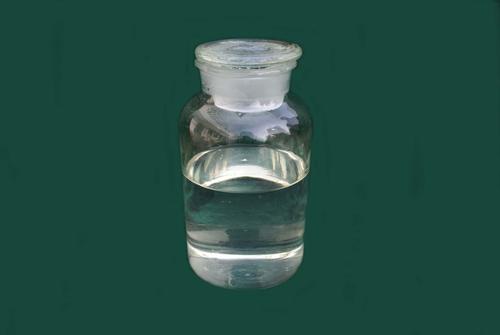According to the above mechanism, the structure of the plasticizer preferably has two parts, polar and non-polar. The polar part is often composed of polar groups, and the non-polar The polar part is usually an alkyl group with a certain length. Polar groups are commonly used energy groups, chlorine atoms, epoxy groups, etc. Compounds containing different groups have different characteristics. For example, the compatibility and plasticizing effect of phthalic acid are good, and the performance is relatively comprehensive, so it is often used as the main plasticizer.
Phosphate esters and vapors are flame retardant; epoxy compounds have good heat resistance; aliphatic dibasic esters have excellent cold resistance, etc. Environmentally friendly plasticizer Of course, in addition to polar groups, the structure of other parts of the plasticizer molecule also has a great impact on the performance of the plasticizer.
Taking vinegar plasticizers as an example, esters containing aromatic ring structures have better compatibility than aliphatic esters, but poorer cold resistance than aliphatic esters, while aliphatic esters The ring family is in the middle.

The number of carbon atoms in the alkyl group is more than 4, the cold resistance gradually increases, the longer the carbon chain of the environmental protection plasticizer, the better the cold resistance; but the number of carbon atoms When it exceeds 12, the compatibility and plasticizing effect will decrease. The longer the carbon chain, the lower the volatility and mobility. The plasticization and cold resistance of linear alkyl groups are good, but with the increase of alkyl branch chains, the cold resistance becomes worse and the plasticizing effect also decreases.
There is little difference in the performance of plasticizers with ester-based structure. The number of ester groups is usually 2 to 3, generally more ester groups, good mixing and transparency.
Compared with esters synthesized from primary alcohols, esters synthesized from secondary alcohols have poorer compatibility, plasticizing effect, cold resistance, and heat resistance.
In addition, the molecular weight of the plasticizer should be appropriate. If it is too small, the volatility will be high. If it is too large, the plasticizing effect will decrease and cause processing difficulties. Better plasticizer, molecular weight is generally between 300~500.

 微信扫一扫打赏
微信扫一扫打赏

